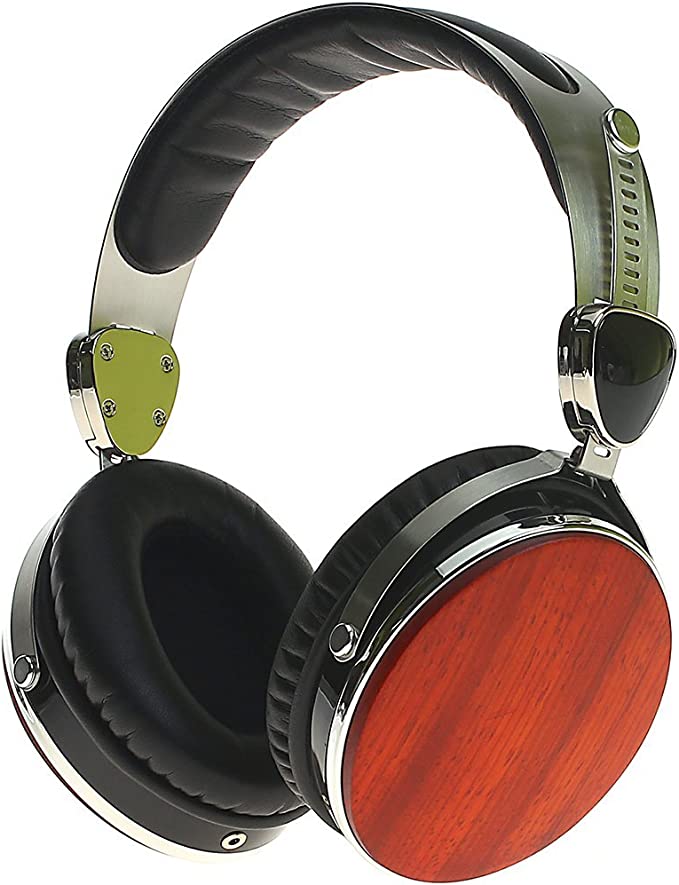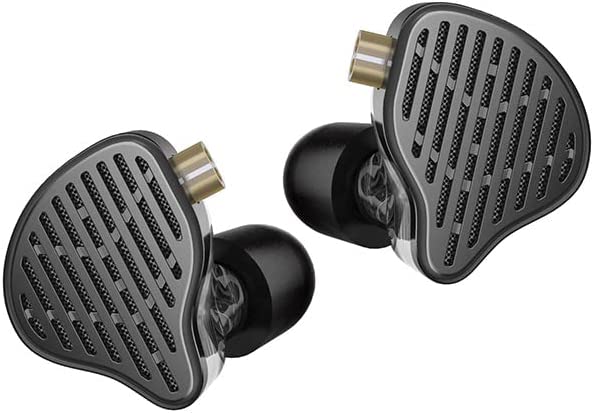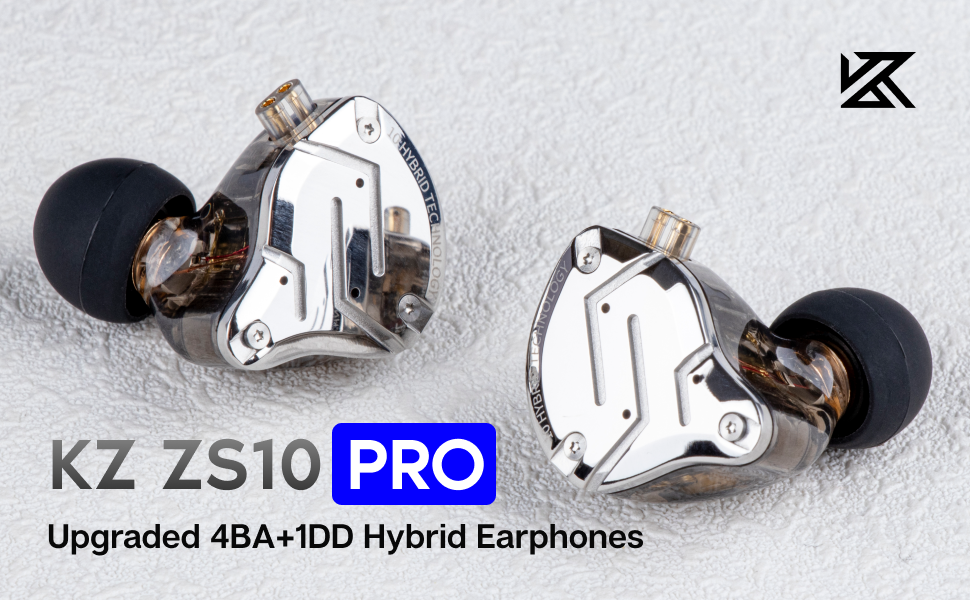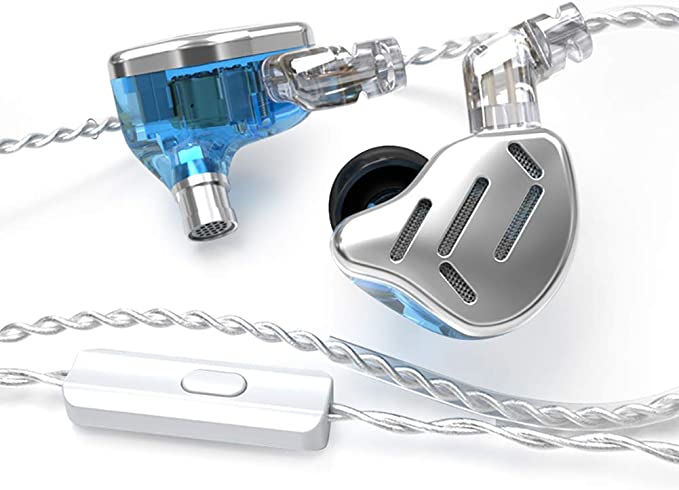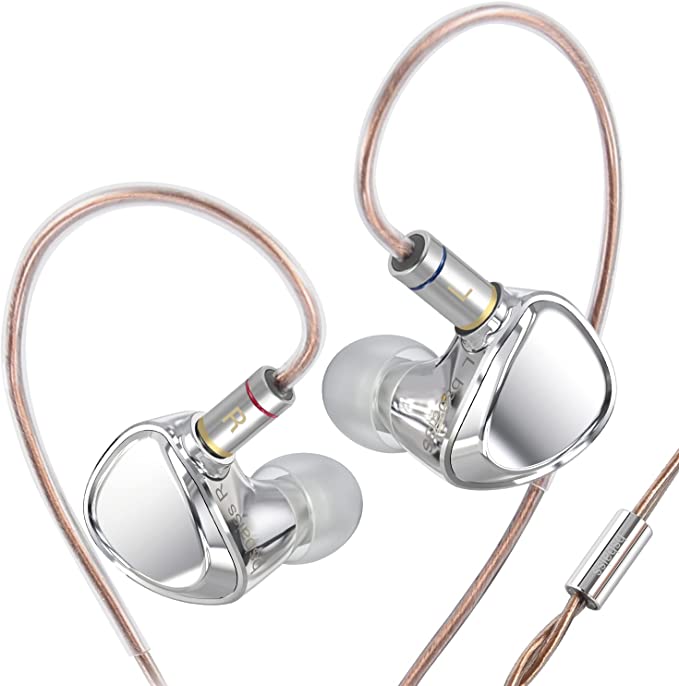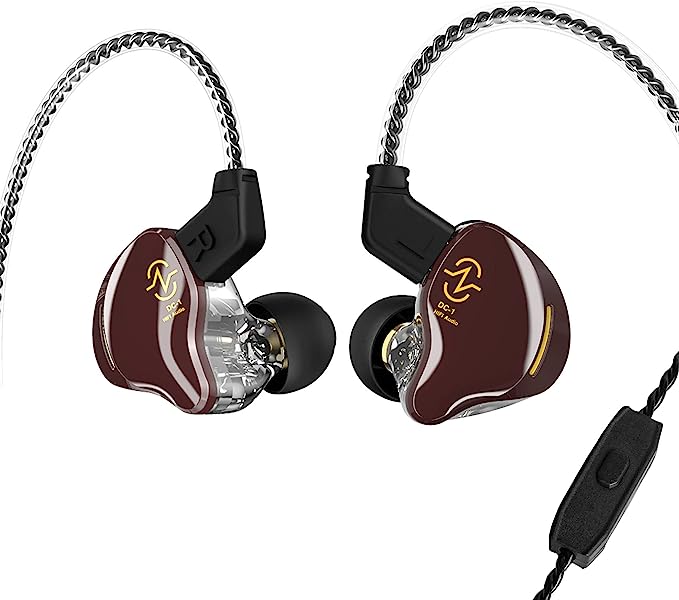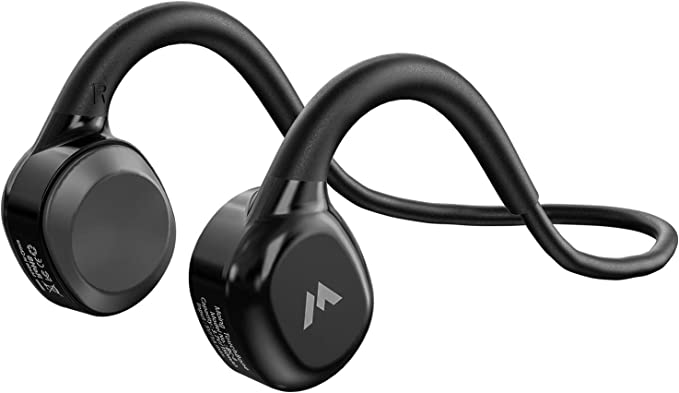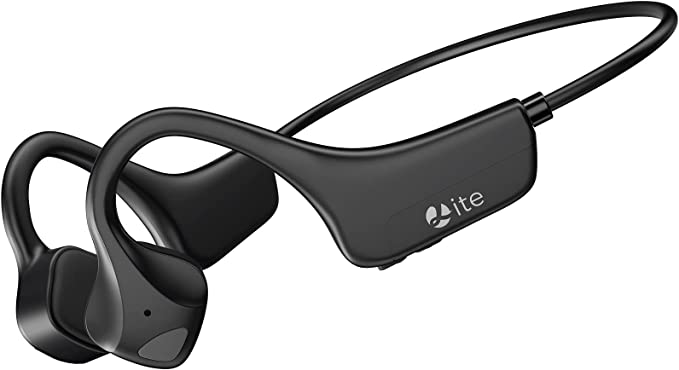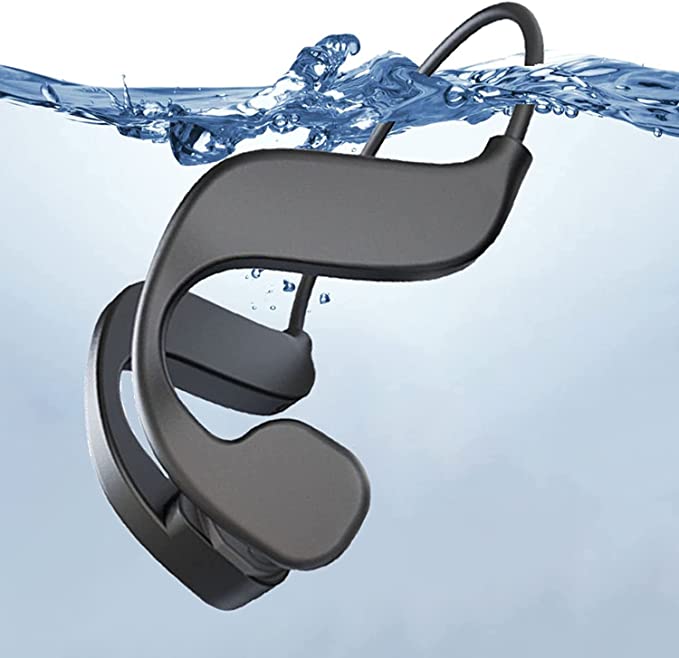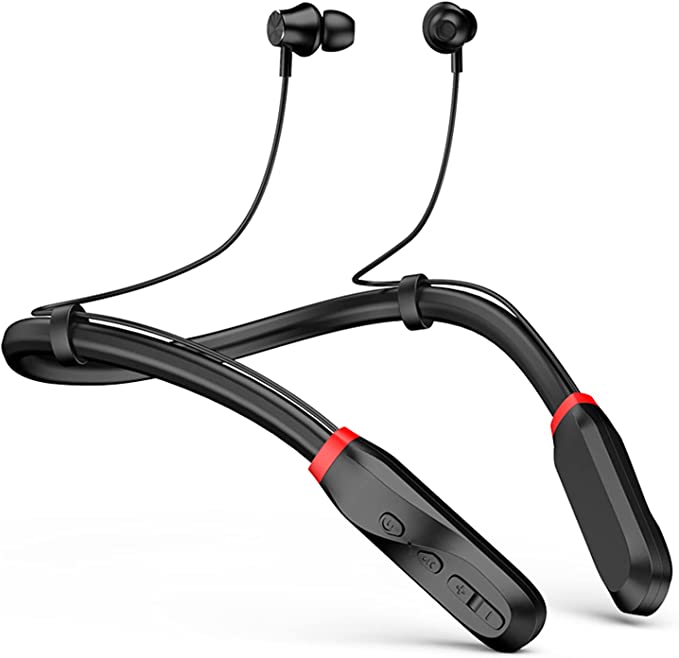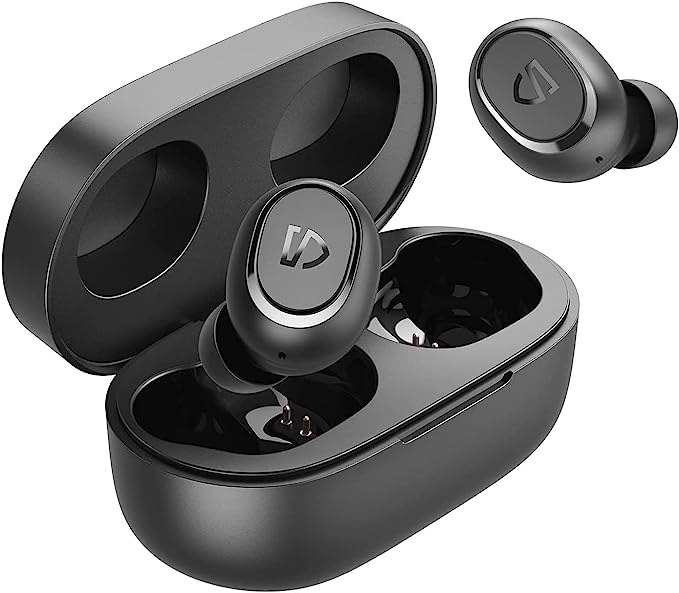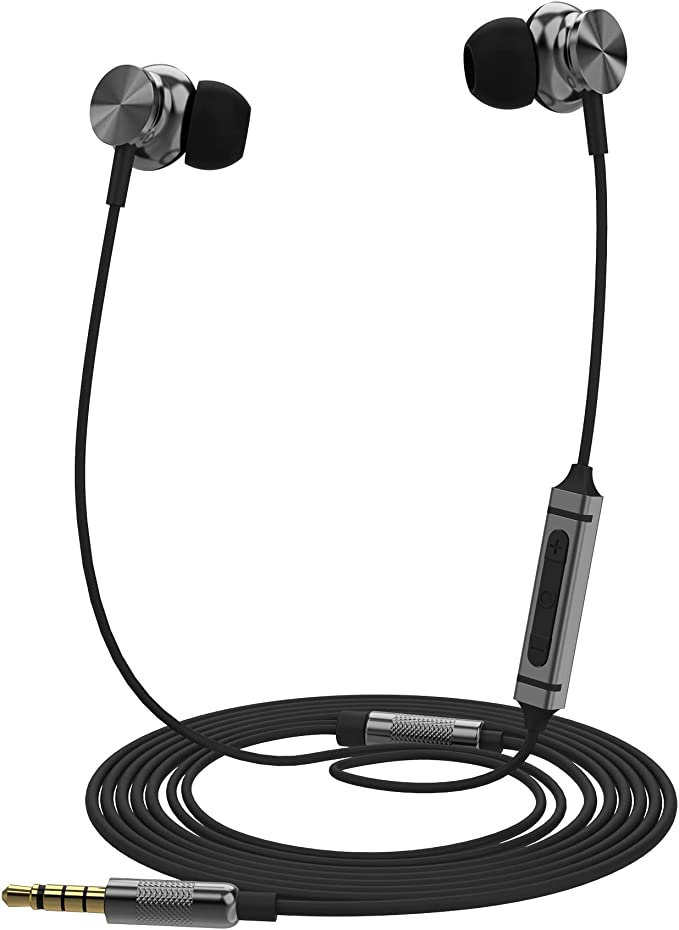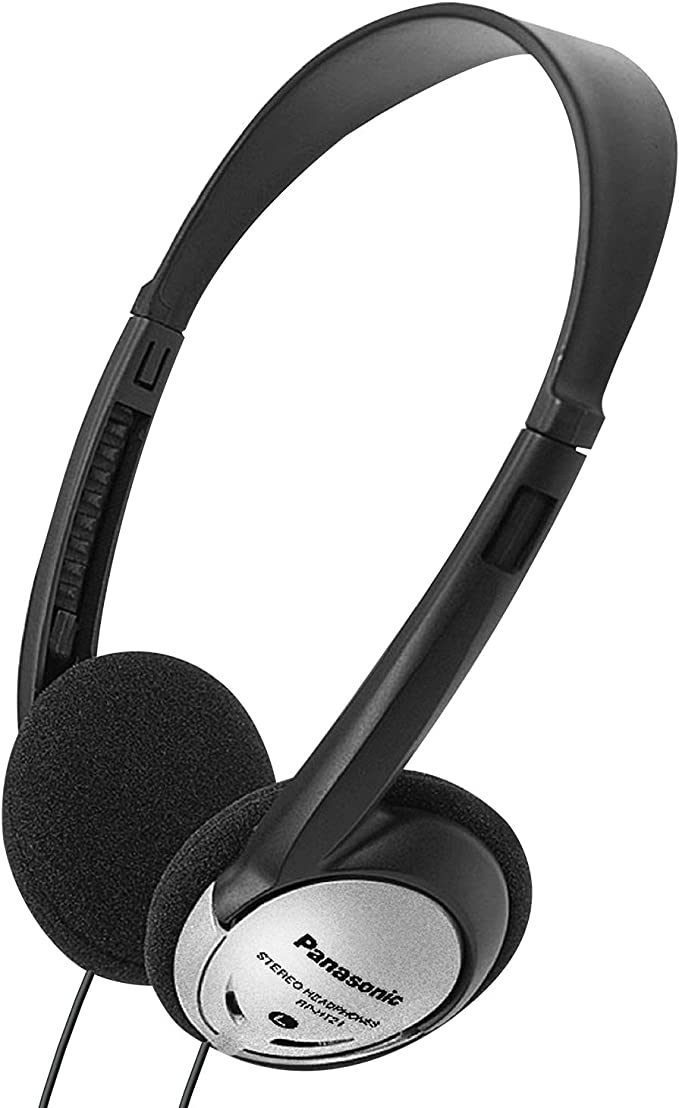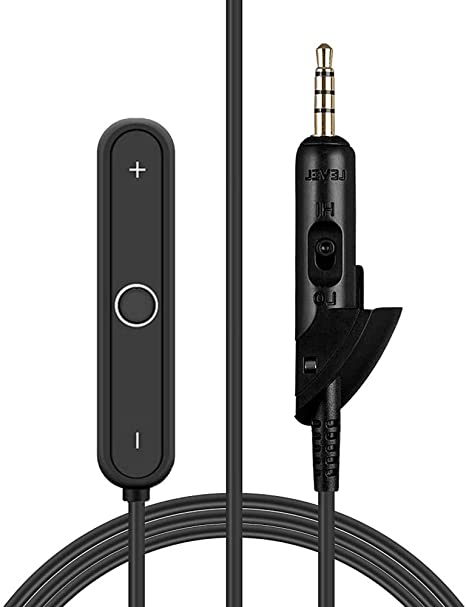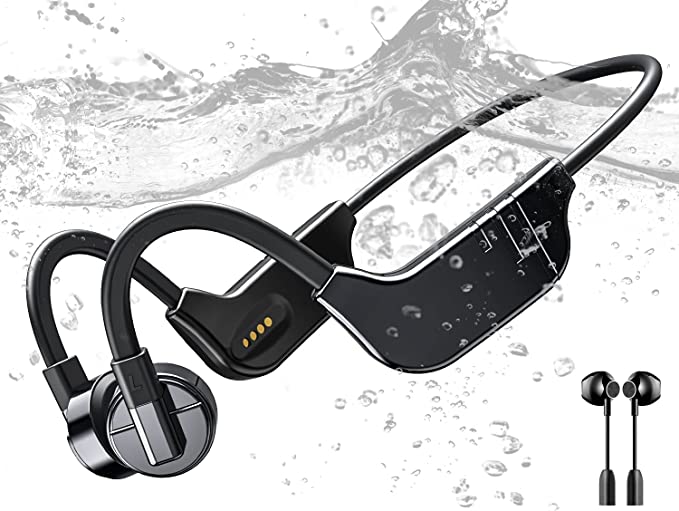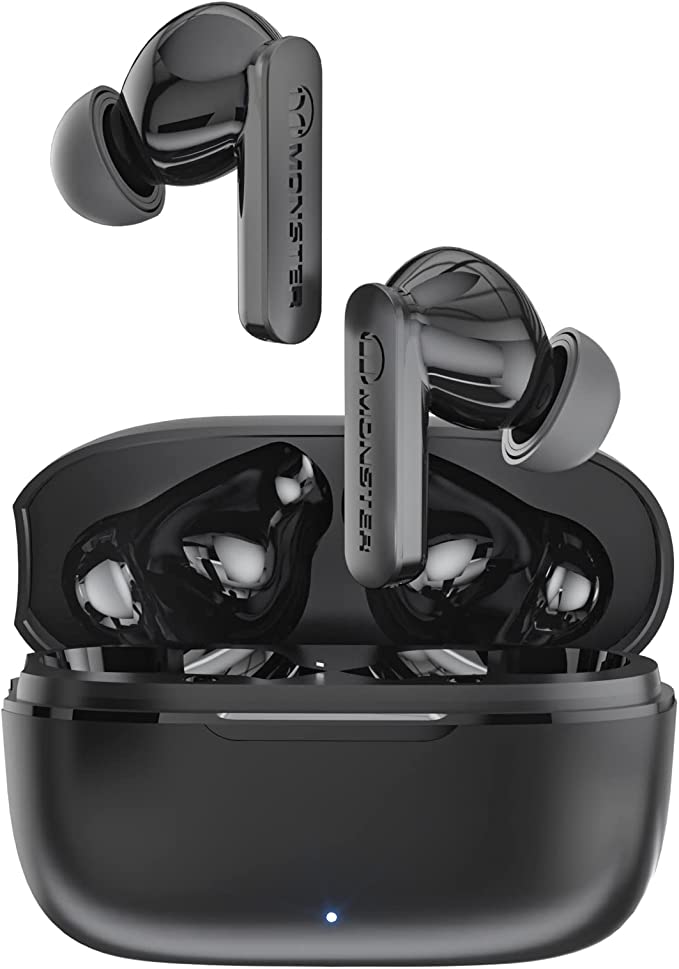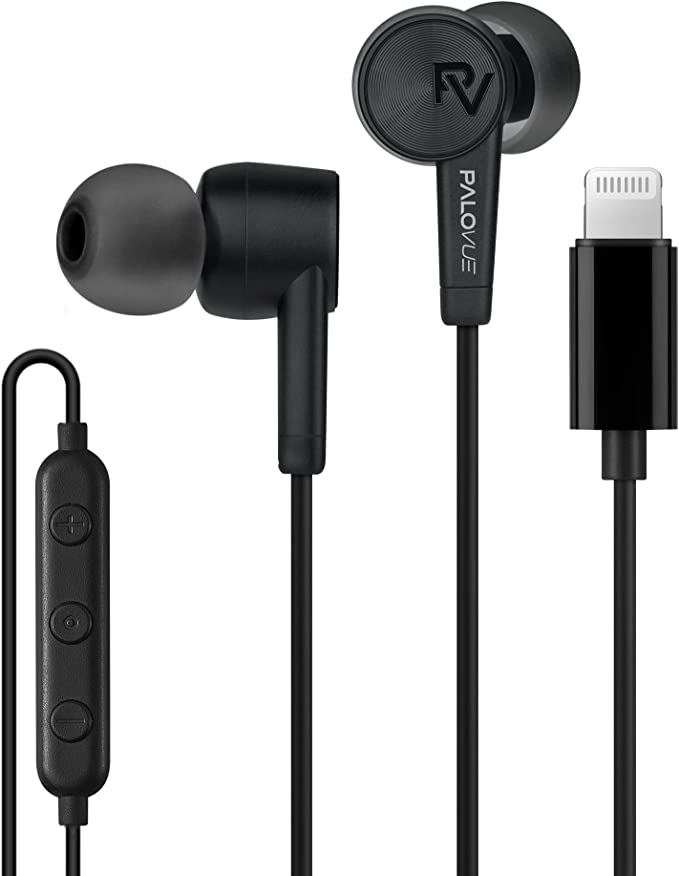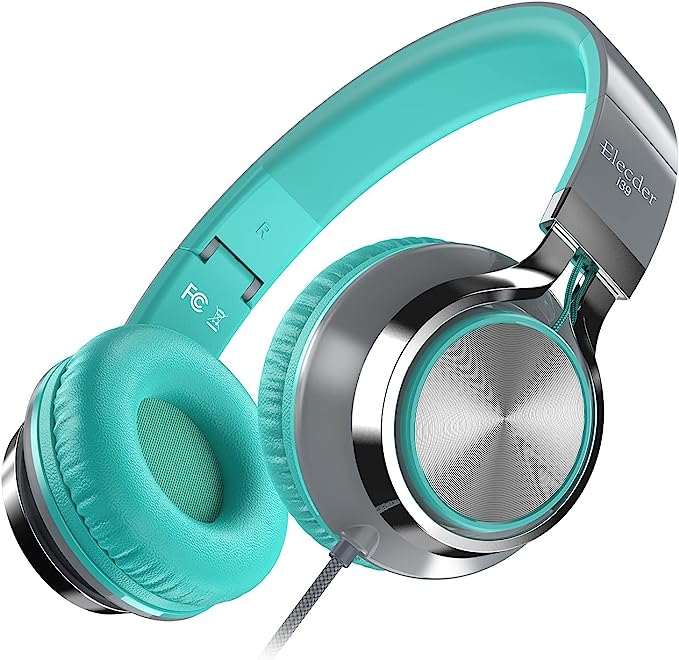Technics EAH-TZ700 Premium In-Ear Monitors: Experience Audiophile-Grade Sound
Update on July 24, 2025, 6:38 a.m.
There is a fundamental paradox at the heart of personal audio. We ask of it something monumental: to take the vast, complex, and emotionally charged soundscape of a symphony orchestra, a rock concert, or an intimate jazz club and replicate it within the tiny, sealed volume of an ear canal. This is a challenge not of mere amplification, but of physics, a quest to create an illusion of expansive space within an almost non-existent one. It is here, at the intersection of acoustic science and material engineering, that true innovation occurs. The Technics EAH-TZ700 Premium In-Ear Monitors stand as a testament to this pursuit, a masterclass in micro-engineering where every component tells a story of scientific problem-solving. To understand them is to embark on a journey deep into the science of sound itself.

The Unseen Conductor: Magnetic Fluid and Motion Control
At the core of the EAH-TZ700 lies a 10mm dynamic driver, a technology whose lineage stretches back over a century, operating on the foundational principle of Faraday’s law of induction. Yet, this is where tradition meets a truly modern innovation. The classic challenge for any driver diaphragm is controlling its own motion. When tasked with vibrating thousands of times per second to reproduce high frequencies, a diaphragm can begin to flex and warp, creating unwanted vibrations known as harmonic distortion. This is the audible equivalent of a painter’s brushstroke becoming blurred and imprecise.
The Technics solution is as elegant as it is effective: magnetic fluid. Originally developed by NASA in the 1960s for controlling fluids in zero gravity, this remarkable substance, also known as a ferrofluid, is a liquid infused with nanoscale magnetic particles. Within the EAH-TZ700, this fluid envelops the driver’s voice coil, acting as a supremely precise liquid damper. When the voice coil moves, the fluid provides viscous resistance, suppressing the chaotic, high-frequency oscillations before they can audibly manifest. It’s akin to the difference between an uncontrolled tremor and the poised, deliberate muscle control of a ballet dancer. This meticulous command over the driver’s movement not only ensures breathtaking clarity but also aids in dissipating heat, maintaining stable performance over long listening sessions.

Architecting Air: The Science of the Soundstage
One of the most coveted qualities in high-fidelity audio is an expansive “soundstage”—the ability of a headphone to place instruments in a perceived three-dimensional space around the listener. In the confined world of an in-ear monitor, this is exceptionally difficult to achieve. The pressure created by the rearward motion of the driver—its “back-wave”—can become trapped, resulting in a congested, “in-your-head” sound.
Technics addresses this acoustic puzzle with its proprietary Air Control Chamber. This is not merely a vent, but a carefully calculated acoustic circuit. It precisely manages the pressure and flow of air behind the driver, optimizing the balance across the entire frequency spectrum. In principle, it functions similarly to a Helmholtz Resonator—the same phenomenon that allows you to create a tone by blowing across the top of a bottle. By tuning the volume of the chamber and the dimensions of its air path, engineers can finely control the acoustic impedance, allowing low frequencies to attain depth without overwhelming the delicate midrange, and permitting high frequencies the freedom to extend into the air. This masterful architecture of air is what transforms the listening experience from a simple stereo presentation into an immersive, holographic field of sound.

A Duet of Metals: The Art of Resonance Suppression
Every material vibrates. In audio reproduction, unwanted vibration, or resonance, is the enemy. It is a parasitic energy that can color the sound, muddying details and distorting the timbre of instruments. The housing of an earphone must therefore be an acoustic black hole, a structure designed to be as inert and silent as possible. The EAH-TZ700 achieves this through a brilliant duet of advanced metals.
First, the driver itself is mounted within a component made of titanium. Known for its exceptional strength-to-weight ratio, a property that makes it invaluable in aerospace engineering, titanium provides an unyieldingly rigid foundation. It locks the driver in place, ensuring that its vibrational energy is channeled exclusively into moving air to create sound, not into shaking its own enclosure.
The main body of the housing, however, is crafted from magnesium diecast. While titanium provides rigidity, magnesium offers a complementary property: superior damping capacity. It is one of the most effective metals at absorbing and dissipating vibrational energy as minute amounts of heat. It acts like the plush, sound-absorbing panels on a recording studio’s walls, instantly quelling any stray resonances that emanate from the driver or the titanium structure. This combination creates a perfectly silent, acoustically inert stage, a pristine black background from which the music can emerge with astonishing purity and detail.

The Final Kilometre: Purity in Connection
The journey of the audio signal does not end at the housing. The EAH-TZ700 embraces the audiophile ethos of customisation and longevity through the use of detachable cables with industry-standard MMCX connectors. This allows for easy replacement and the potential for sonic tailoring. More importantly, the inclusion of a balanced cable opens the door to a superior connection methodology.
The science of balanced audio is beautifully simple. It transmits the same audio signal down two separate wires, with one being polarity-inverted. Any electronic noise picked up along the cable’s length will be identical on both wires (a “common mode”). At the amplifier, the inverted signal is flipped back and added to the original. In this process, the identical noise signals cancel each other out, leaving a significantly cleaner, purer audio signal. It is the final, crucial step in ensuring the meticulously engineered sound from within the earphone is delivered to the ear with its integrity intact.
In the end, the Technics EAH-TZ700 is not a product of a single, magical component. It is a remarkable convergence of disparate fields of science. It is where NASA’s fluid dynamics, aerospace-grade material science, and classical acoustic principles are orchestrated in harmony. The triumph of this design is that its immense complexity ultimately serves to create an experience of profound simplicity: a direct, uninhibited, and deeply emotional connection to the heart of the music.





